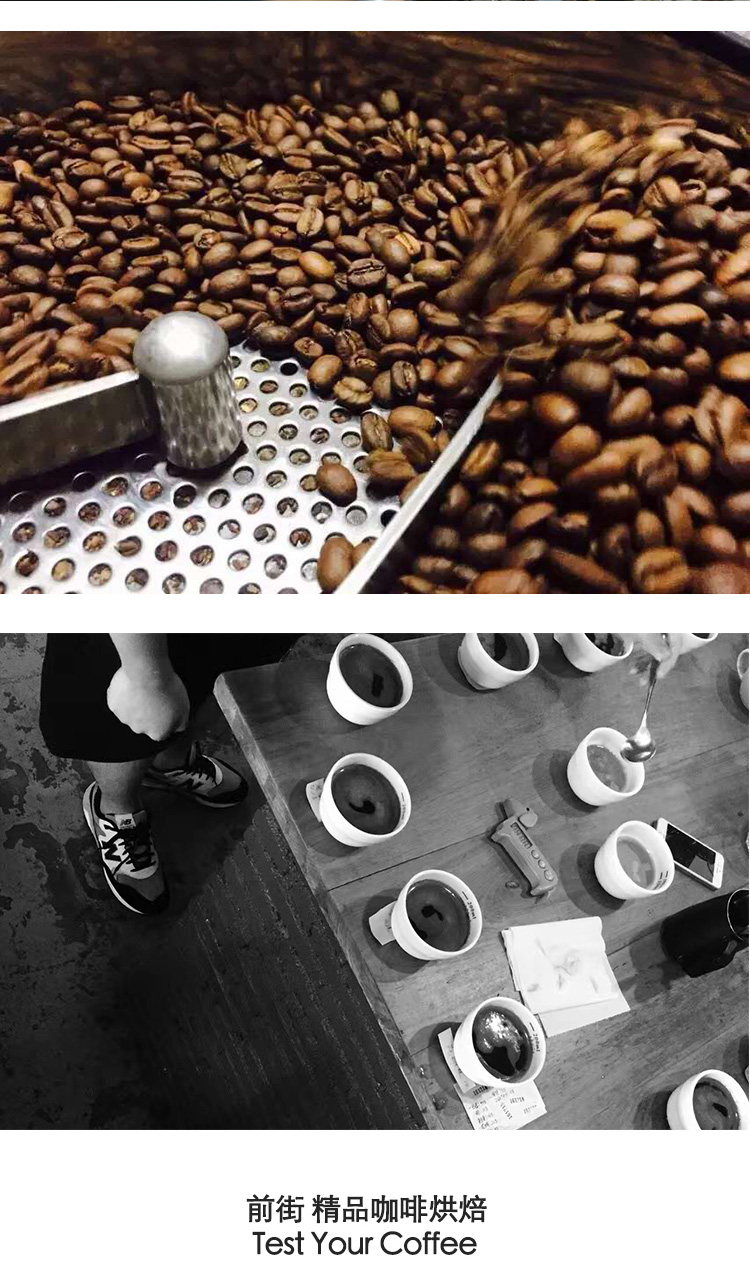90 + Candle Coffee Flavor and taste introduce the baking degree
Producing area: Sidamo, Ethiopia
Product species: original species
Sea pull: 1500 to 1700
Growers: small farmers
Treatment: insolation
Flavor description: nectarine, tropical fruit, clean and bright taste
Various forms of coffee cultivation can be found in Ethiopia: everything from wild coffee forests and semi-developed land to traditionally operated plots to modern plantations. About 50% of the coffee is grown more than 1500 meters above sea level.
According to the above four different modes of production, Ethiopian coffee can be divided into nine major coffee producing areas, including five boutique coffee areas: Sidamo, Yegashefi, Harald, Lim and Lekampu. and four general commercial bean producing areas: Gemma, Irugbo, Tibby and Bekaa. The sun or water washing methods are used in each district, and different treatment methods also affect the flavor. At present, the sun method accounts for about 80%, and water washing accounts for about 20%.
90 + beans and the general habit of boutique beans in a completely different way of naming, there will not be the name of the producing area and manor, each bean is named according to flavor. Candles, for example, mean "best approach" in the local dialect. Starting with a concept of flavor, then naming it, and then starting the choice of producing areas and cooperative farms, it can be seen that 90 is a brand with boutique management style.
"90 +" does not refer to all coffee with a score of more than 90. Good coffee, one year, one year. Sometimes haunt different manors, but also have different taste characteristics. "90 +" refers to a top range of coffee with 13 flavors. These coffees only come from Ninety Plus Coffee, the creator of American boutique coffee. They are all old varieties of Ethiopian heirloom (Heirloom). After being cultivated in the ecological environment, they are processed according to the standard of works of art to optimize their taste. The processing process is the specialty of 90 +, will separate these coffee according to variety, microclimate, fresh time one by one, taste one by one, specially design the processing method for each taste, achieve a kind of taste characteristic, just like the big brand design, study attentively, spend painstaking efforts to complete a handicraft that is close to art. Natural products go through a lot of refinement and improvement, and finally reach the most beautiful posture to present the content to everyone.
With the support of 90 + technology, Drima Zede only selects the most mature coffee cherries by hand, and the sun drying process takes pains to keep stirring to ensure uniformity. The end result is a very transparent and pure taste, hot and cold varies greatly, and the aromas of fruit, flowers and oak are very charming.
Also known as Ethiopian sun-dried beans, candlelight, after strict regulation and selection, avoids the annoying soil odor and high rate of bad beans in common sun-dried beans, while highlighting the glamorous sweetness of the sun treatment. Candlelight charming fruit tone inherits the charming aroma given by the traditional Egyptian sun, unreservedly expressing round, full, long aftertaste sweetness and just the right fruit acidity. The daily brewing of candles is also quite easy to use, the bean itself is rich in flavor, whether it is fresh dripping or strong siphon cooking, can well show its own flavor.
Recommended baking degree: medium to shallow

Important Notice :
前街咖啡 FrontStreet Coffee has moved to new addredd:
FrontStreet Coffee Address: 315,Donghua East Road,GuangZhou
Tel:020 38364473
- Prev

Rwanda Fine Coffee Grade Cup Flavor testing American Aid Program USAID
The taste of Rwandan coffee is described as a grassy aroma with tropical climate characteristics. The country's fertile soil and climate help plants grow, and coffee trees seem to be driven or forced upward, or because they grow too fast to produce the best coffee beans. But in any case, the soft and full-bodied taste of the country's coffee is great. On the package
- Next

Introduction to the Flavor of Ethiopian Coffee planting method Grade and Grade Yega Chuefei
Ethiopia is the first country to discover coffee, and it belongs to the most important producing country in terms of coffee quality and output, with an annual production of about 350000 tons. Ethiopia is famous all over the world for its mocha beans in Hara, of which Yirgacheff is an Allah produced by Sidamo in the south in a small area with an altitude of 1700 to 2100 meters above sea level.
Related
- Detailed explanation of Jadeite planting Land in Panamanian Jadeite Manor introduction to the grading system of Jadeite competitive bidding, Red bid, Green bid and Rose Summer
- Story of Coffee planting in Brenka region of Costa Rica Stonehenge Manor anaerobic heavy honey treatment of flavor mouth
- What's on the barrel of Blue Mountain Coffee beans?
- Can American coffee also pull flowers? How to use hot American style to pull out a good-looking pattern?
- Can you make a cold extract with coffee beans? What is the right proportion for cold-extracted coffee formula?
- Indonesian PWN Gold Mandrine Coffee Origin Features Flavor How to Chong? Mandolin coffee is American.
- A brief introduction to the flavor characteristics of Brazilian yellow bourbon coffee beans
- What is the effect of different water quality on the flavor of cold-extracted coffee? What kind of water is best for brewing coffee?
- Why do you think of Rose Summer whenever you mention Panamanian coffee?
- Introduction to the characteristics of authentic blue mountain coffee bean producing areas? What is the CIB Coffee Authority in Jamaica?

